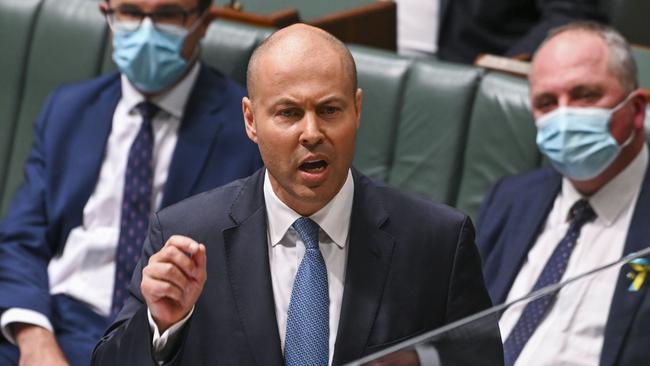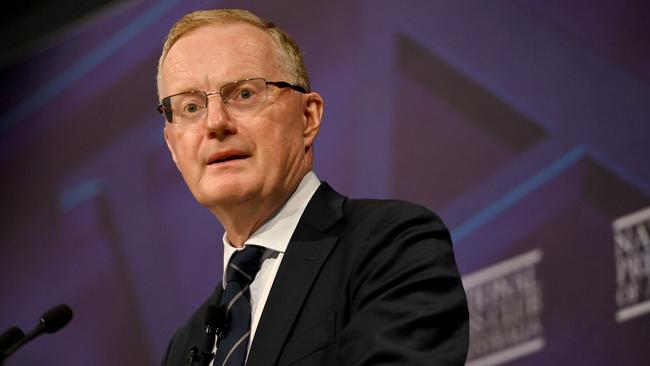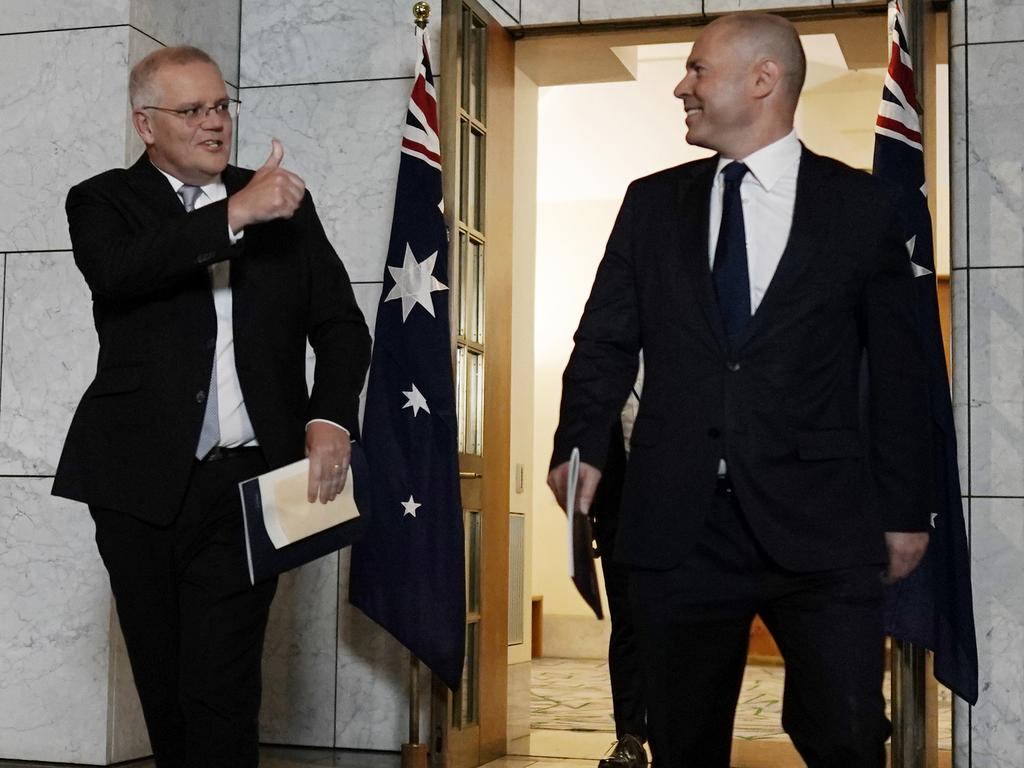
That is to say, bluntly, they are quite simply useless.
As I have been telling you over the years, the one thing that you can confidently predict about every number forecast in the budget – and I mean every number, every tax, every spending, number, every single economic forecast – is that the forecast number is precisely what the outcome will not be.
I was impressed and a tad surprised to see Treasury going out of its way to prove my observation exactly correct.
In the budget papers, it charted forecasts against outcomes from all the budgets going back to 2000-01 for three of the “big numbers” in the budget – real GDP growth, nominal GDP growth and receipts (but not the big one: the budget bottom line; its surplus or, every year since 2008, deficit).
Of the 63 forecasts, barely nine outcomes came close. Something like 15 or 16 missed badly and a further 12 or so missed catastrophically.
Yes, Treasury – like all of us – got ambushed by two big “left- field events”: the GFC and then Covid. But even taking those forecasts out leaves it with a score of far more forecasts being badly wrong than the number of forecasts that came close.
Yes, but does it matter? Look at weather forecasts: tomorrow it’s going to be 22 degrees, it turns out to be 26 degrees? Is that such a big deal?
Well, it actually is a big deal with the Treasury mis-forecasts; the mis-forecasts have very real, negative, real-world consequences; they really do matter.
And the times it matters most are precisely when we most need Treasury to be competent; when we quite desperately want it to come up with the best and most effective policies and to know if not precisely at least reasonably accurately what they will do.
That is, precisely when we get those big “left-field events”.
Bluntly again, the outcomes compared to the forecasts indicate that Treasury did not understand the very real-world consequences of what it had recommended governments do to fight the big events.
And this also feeds into the Reserve Bank similarly not understanding what its zero interest rates and massive multi-billion dollar money printing would do to inflation and the economy.
In March 2020, the federal government launched massive, massive stimulus – treasurer Josh Frydenberg would continually boast about how many hundreds of billions of dollars it was – to offset its decision to close down the economy, destroy businesses and send hundreds of thousands of people into unemployment.

For the 46th or so time, no, it was not “Covid that dun it”. Covid didn’t sack a single worker; Covid didn’t close a single business. It was decisions taken by governments, federal and state, that “did it”; yes, obviously, with the “good intention” of fighting the virus.
In any event, by October 2020 – the necessarily delayed date of the budget that year – Treasury knew, or should have known, what was happening to the economy after the national lockdown; what state governments were doing; and what was happening around the world; and indeed what was happening with Covid.
We were also three months into the 2020-21 year – so it only had to guesstimate the last nine months.
What did it guesstimate for 2020-21? That the economy would shrink by 1.5 per cent.
What happened? The economy actually grew by 1.5 per cent. Exactly 100 per cent wrong in the wrong direction.
Then look even more damningly at this year.
In May last year when the budget was prepared, Treasury should have had a much more confident understanding of what was happening with Covid and with the local and international economies.
Treasury forecast a $107bn deficit for the 2021-22 year. The outcome (as predicted by Treasury, with three months to go)? An $80bn deficit.
That doesn’t seem such a bad miss, until I tell you that various policy decisions taken between the two budgets boosted spending or cut revenues by a total of $40bn in the 2021-22 year alone.
That is to say, but for new policy decisions, taken after those 2021 budget predictions, the deficit could have been as low as $40bn – compared with the $107bn Treasury forecast.
That is a difference which shows that Treasury is utterly incompetent.
It has zero understanding of economic dynamics. It has zero ability to interpret what is happening in the world. And it is all at sea in understanding the consequences of policies it recommends to government.
This is just how badly Treasury forecasts the immediate year ahead – across the board, in both fiscal and economic terms.
It makes the four-year predictions a complete joke.
And the ones out to 2032? Puleeze.







The budget forecasts aren’t worth the paper they are – in this digital age now mostly – not printed on. Forecasts delivered in virtual reality; virtual un-reality forecasts.